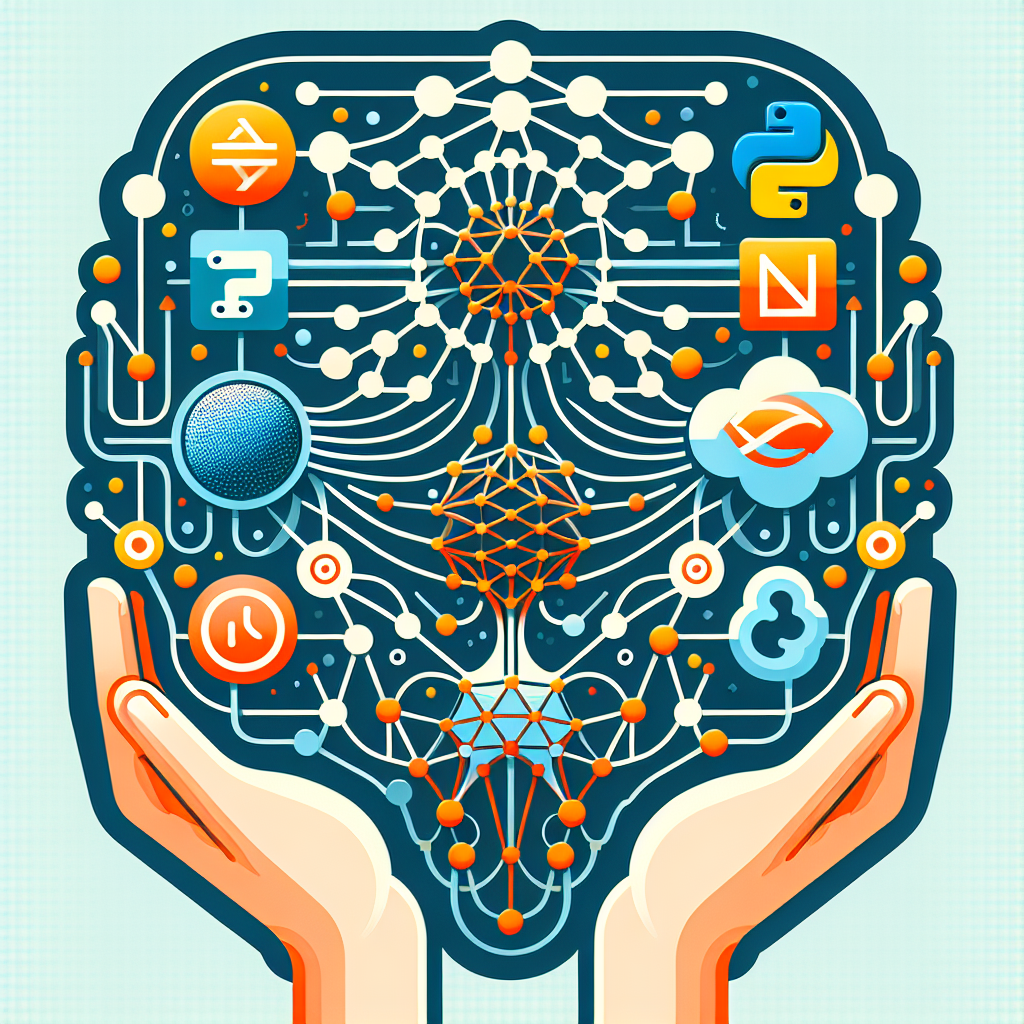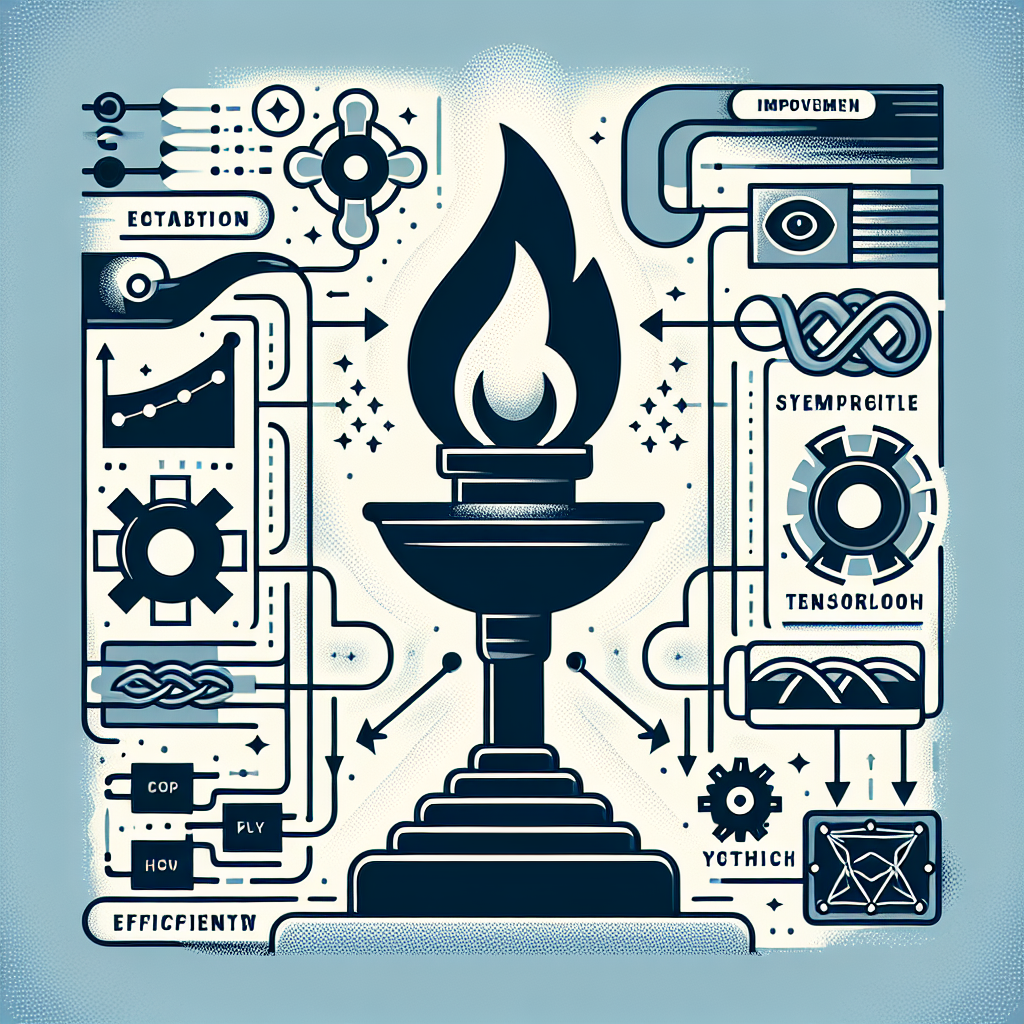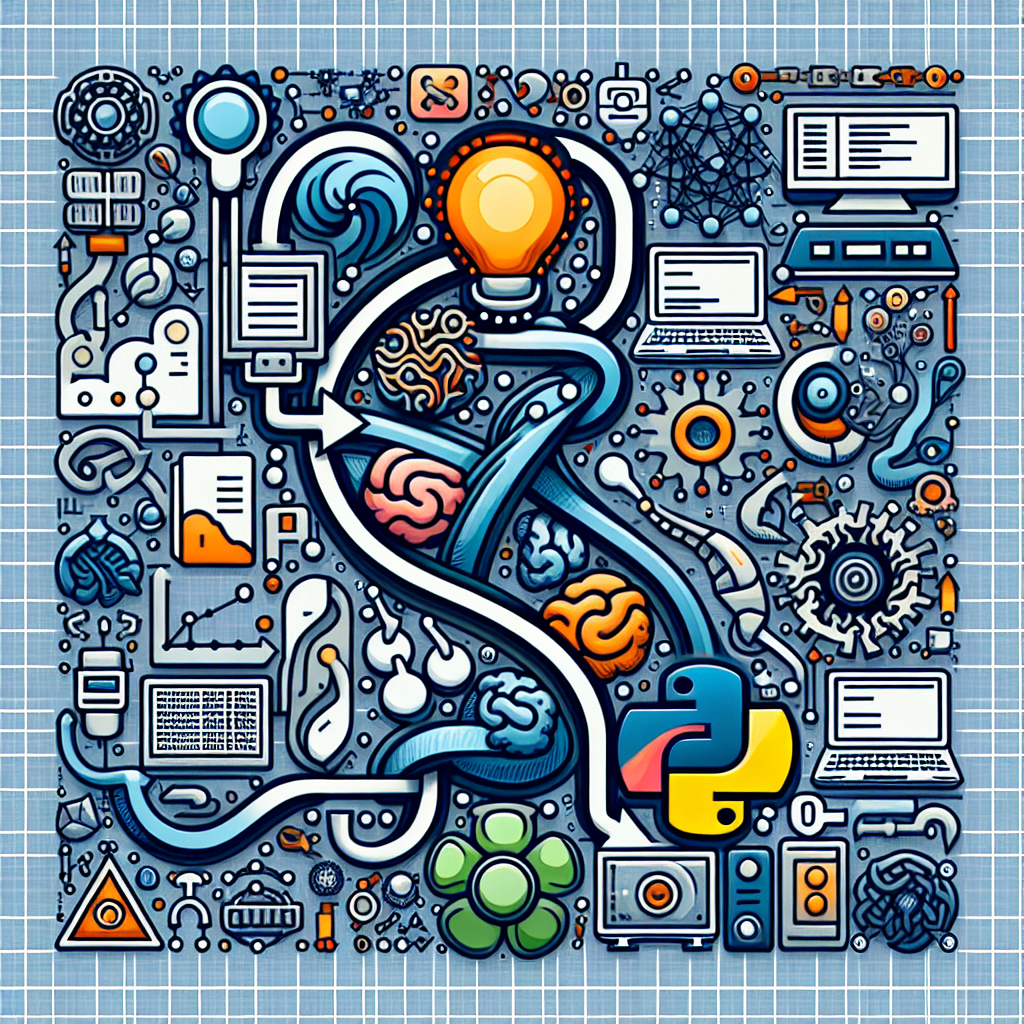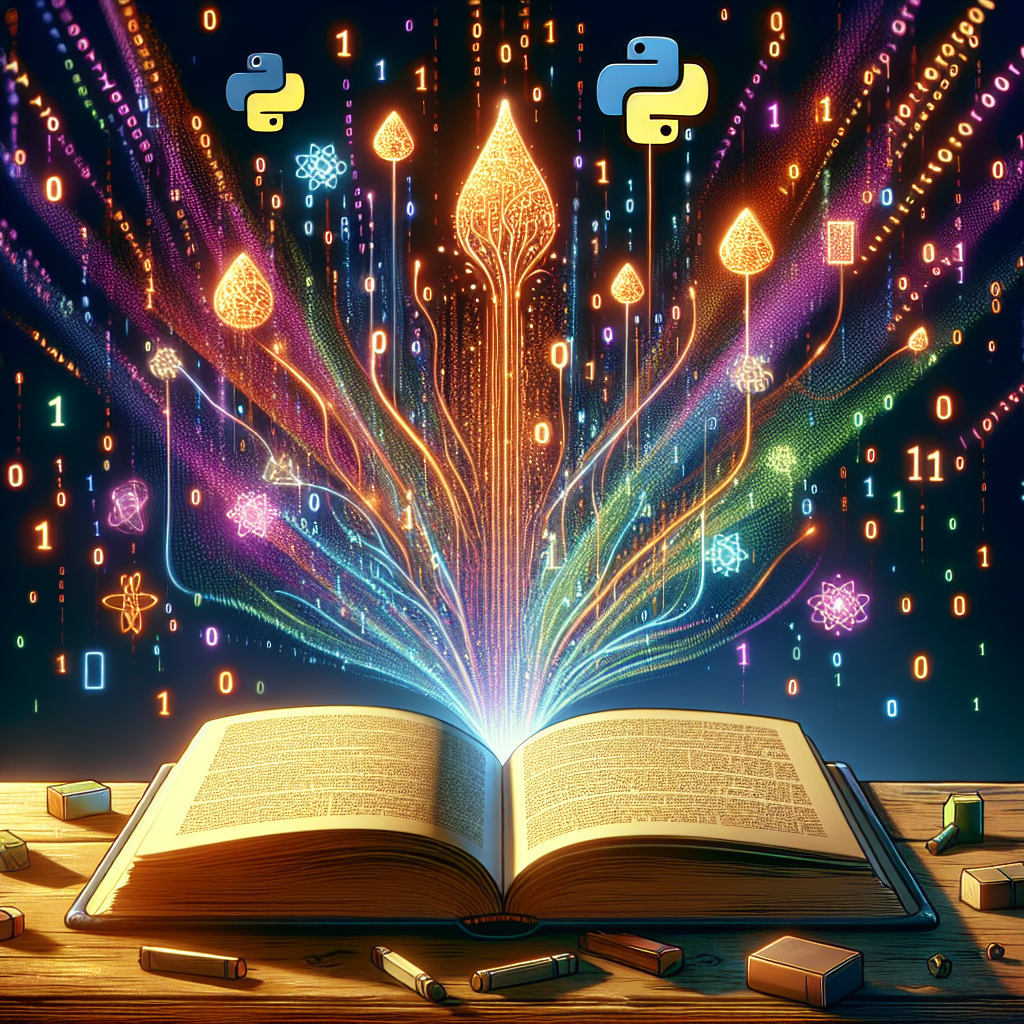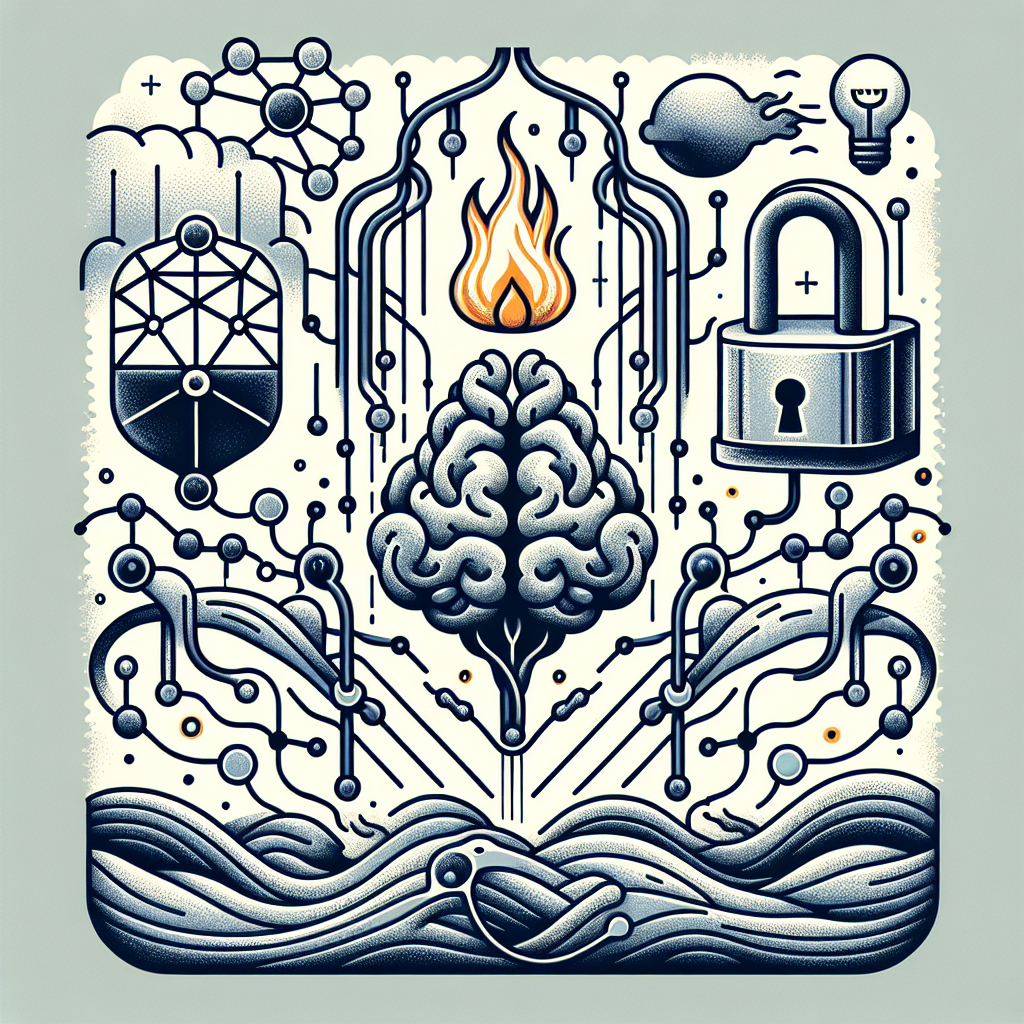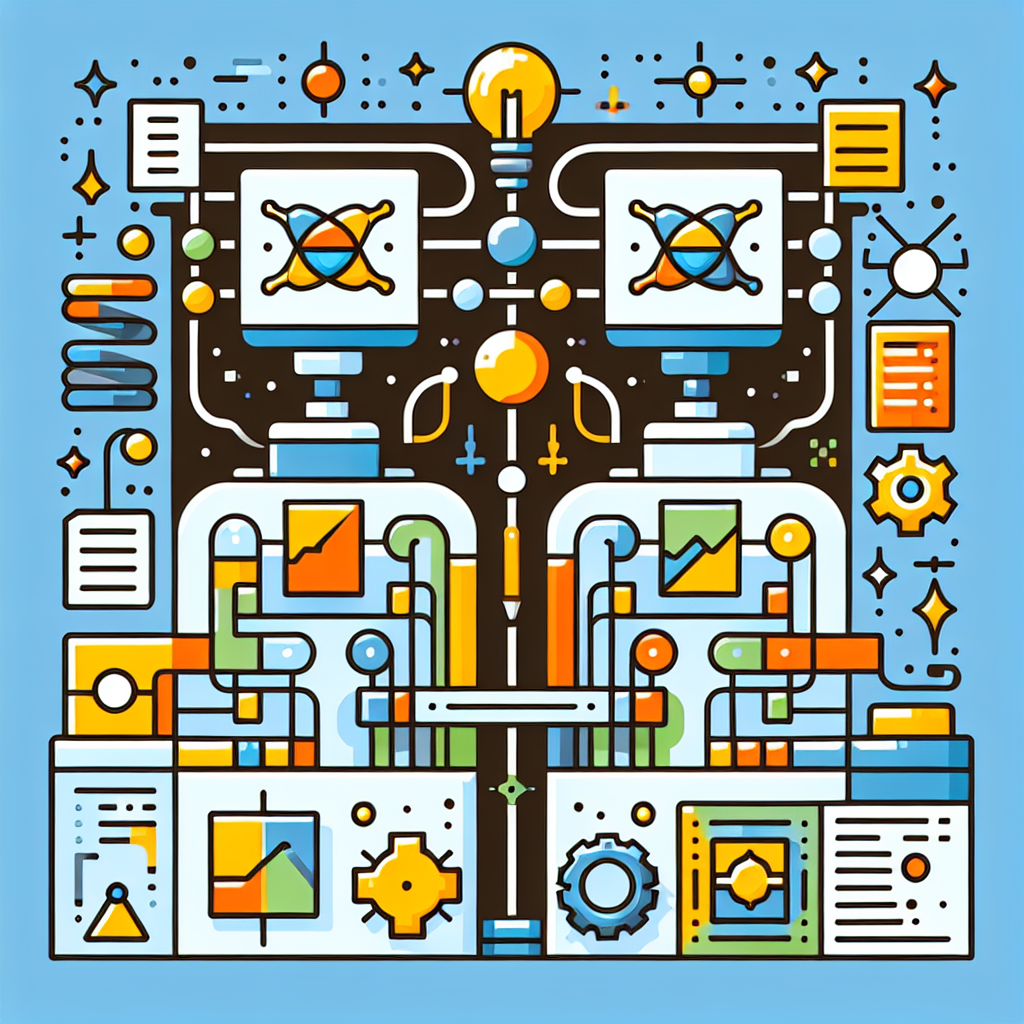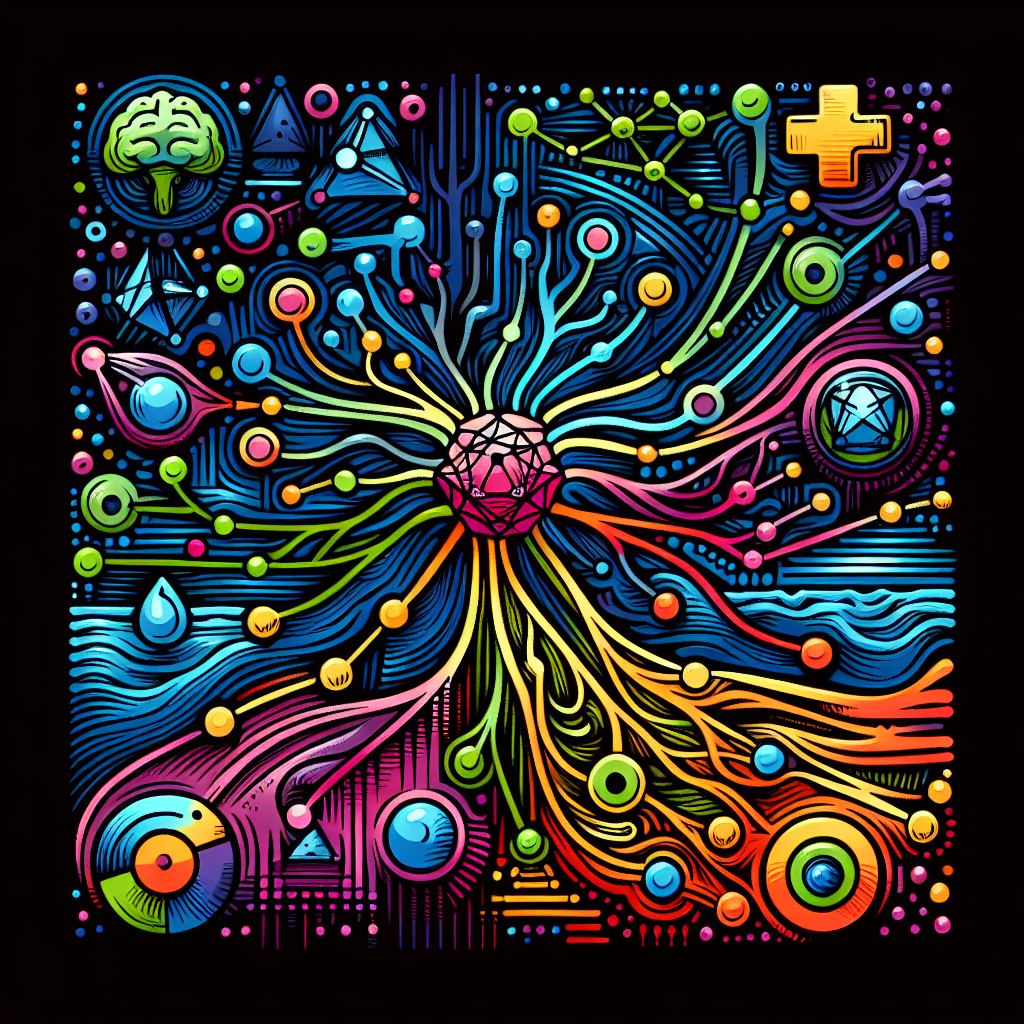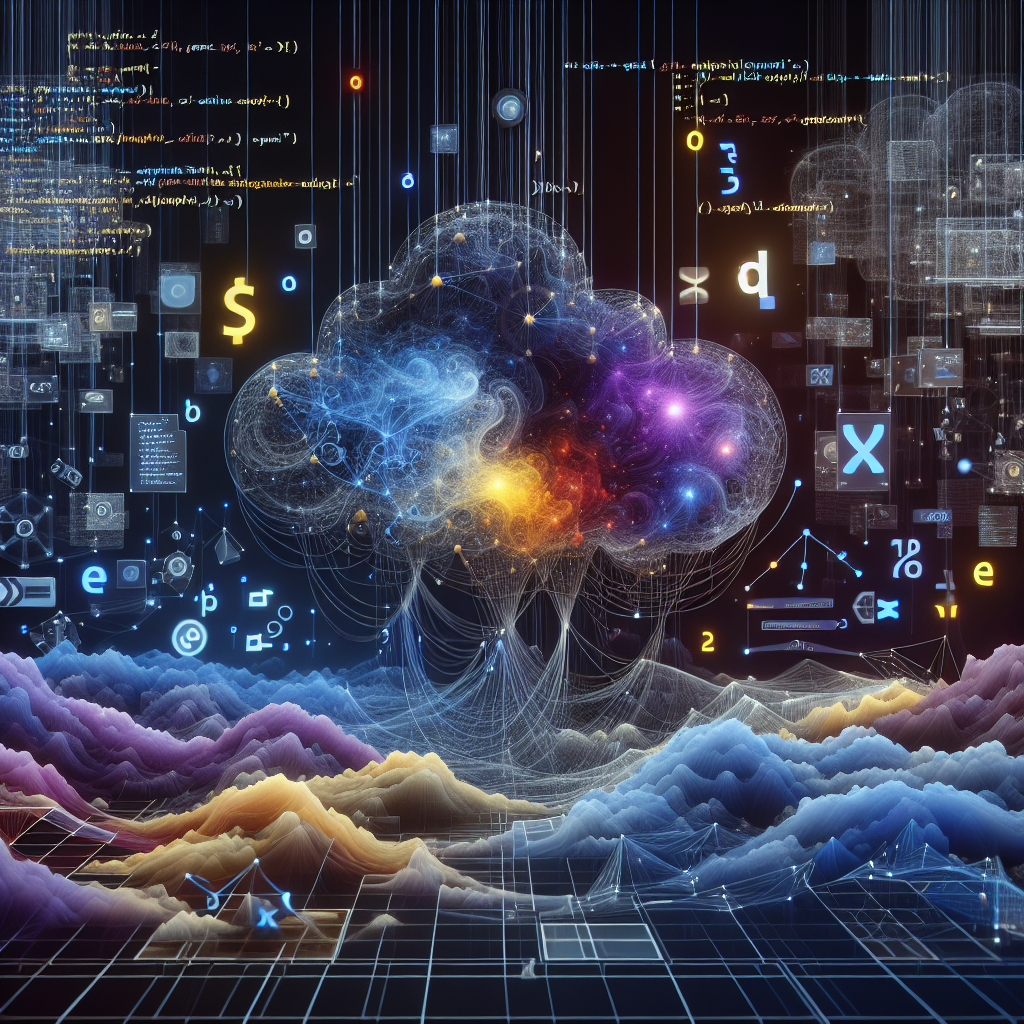Deep learning has revolutionized the field of artificial intelligence, enabling machines to learn and make decisions in ways that were previously thought to be impossible. One of the key tools in deep learning is the use of neural networks, which are computational models inspired by the structure of the human brain.
Two of the most popular frameworks for creating neural networks are PyTorch and TensorFlow. These frameworks provide a powerful set of tools for building and training neural networks, including convolutional neural networks (CNNs), which are particularly well-suited for tasks like image recognition.
PyTorch is a deep learning framework developed by Facebook that is known for its flexibility and ease of use. It allows users to define and train neural networks using a simple and intuitive syntax, making it a popular choice for both researchers and practitioners. PyTorch also includes a number of pre-trained models that can be easily adapted for different tasks, making it a great choice for beginners.
TensorFlow, on the other hand, is a deep learning framework developed by Google that is known for its scalability and performance. It allows users to define complex neural networks and train them efficiently on large datasets. TensorFlow also includes a number of high-level APIs that make it easy to build and train neural networks, making it a popular choice for production environments.
One of the key advantages of using PyTorch or TensorFlow is the ability to easily create and train CNNs, which are a type of neural network that is particularly well-suited for tasks like image recognition. CNNs are able to automatically learn features from raw data, making them ideal for tasks like object recognition and image classification.
To create a CNN using PyTorch or TensorFlow, users typically start by defining the structure of the network, including the number of layers, the type of activation functions, and the type of pooling layers. They then train the network using a dataset of labeled images, adjusting the weights of the network to minimize the error between the predicted and actual labels.
Once the network has been trained, users can then use it to make predictions on new data, allowing them to classify images or make other types of decisions based on the learned features. This ability to automatically learn features from raw data is what makes CNNs so powerful, and has enabled breakthroughs in fields like computer vision, natural language processing, and speech recognition.
In conclusion, PyTorch and TensorFlow are powerful tools for creating and training neural networks, including CNNs. By using these frameworks, researchers and practitioners can unlock the power of deep learning and create intelligent systems that can learn and make decisions in ways that were previously thought to be impossible. With the right tools and techniques, the possibilities of deep learning are endless.
#Unlocking #Power #Deep #Learning #Creating #Neural #Networks #CNNs #PyTorch #TensorFlow,understanding deep learning: building machine learning systems with pytorch
and tensorflow: from neural networks (cnn
